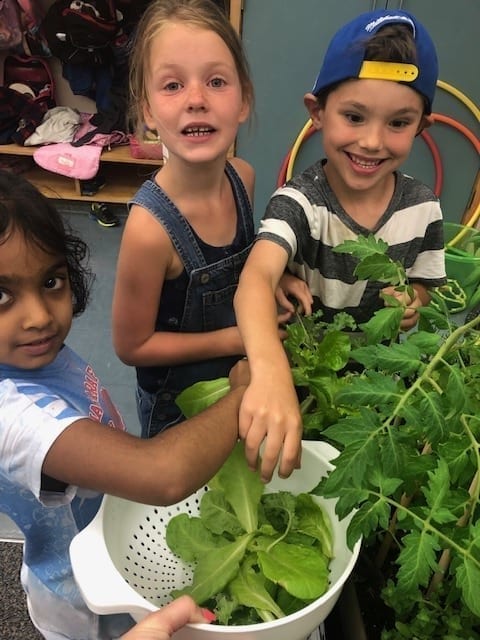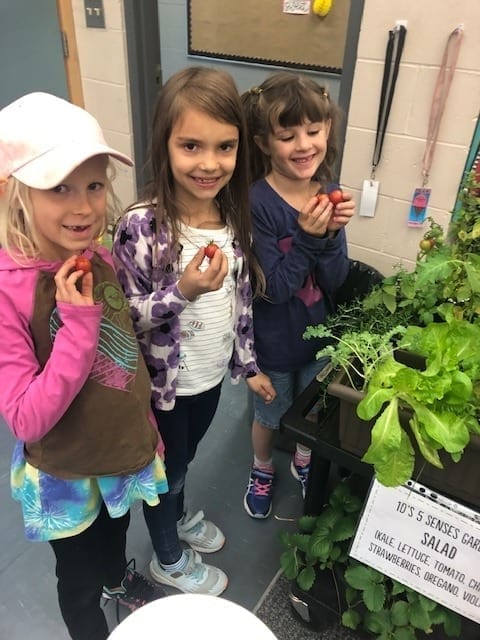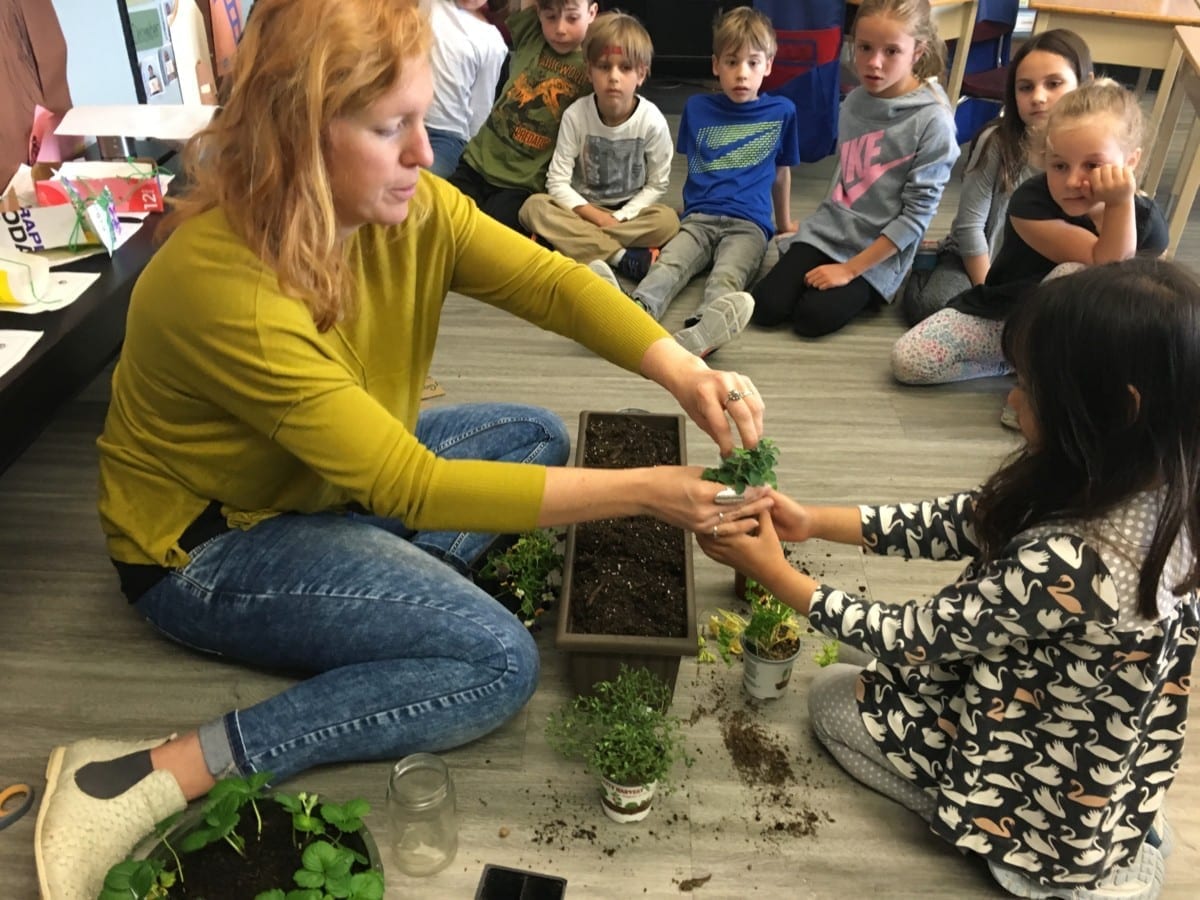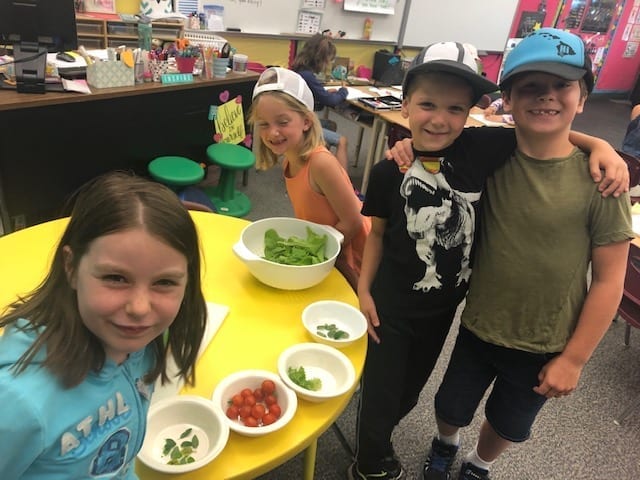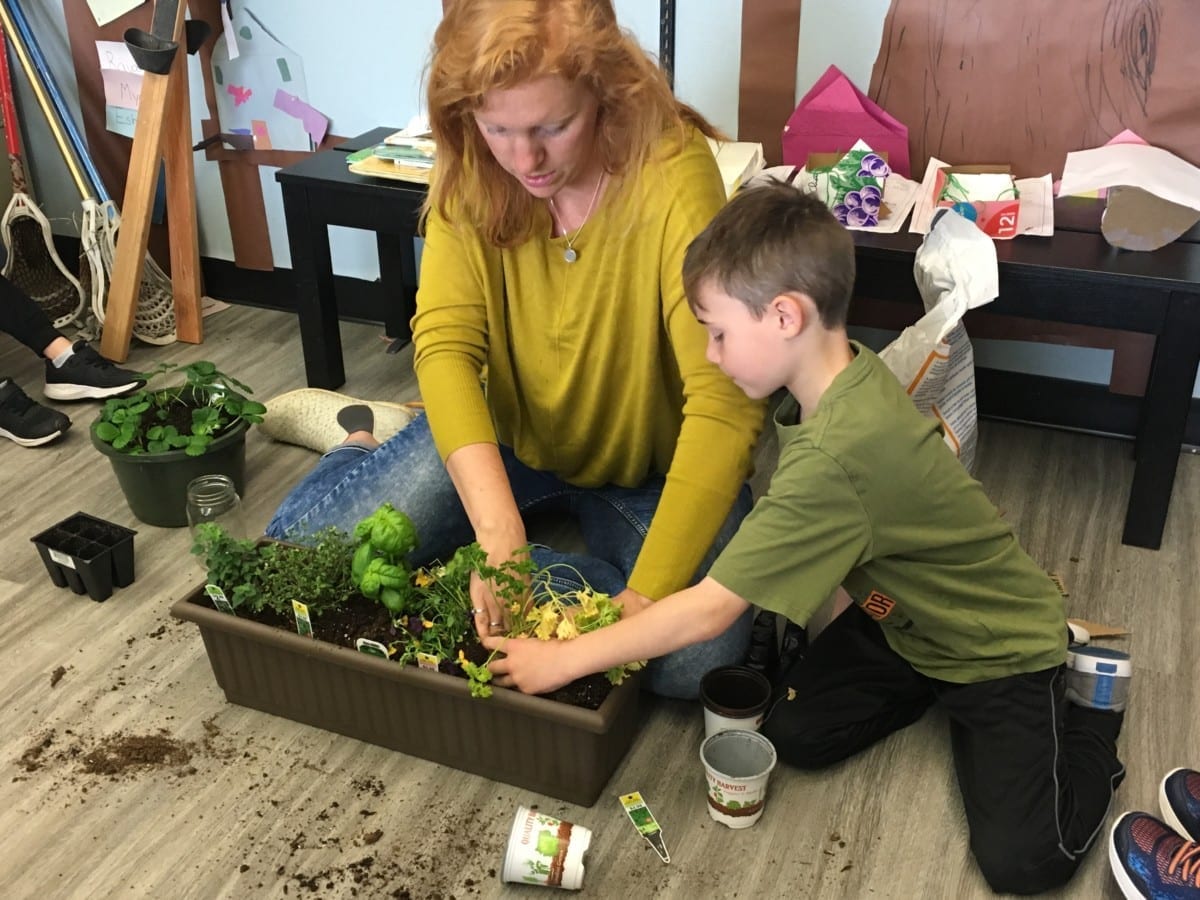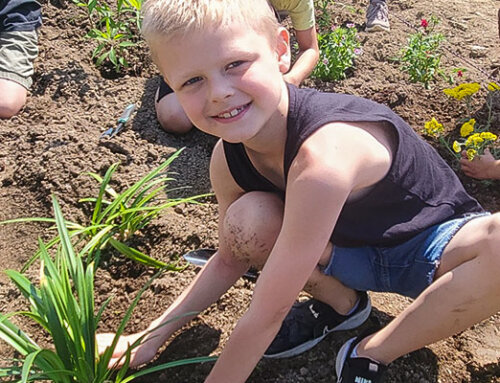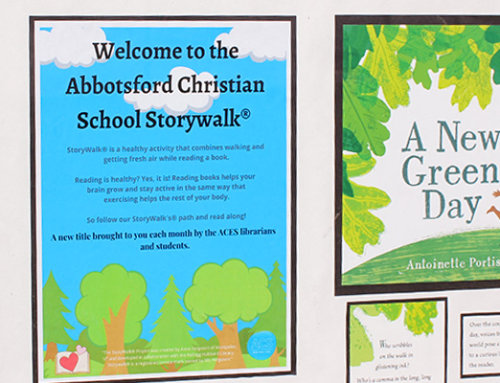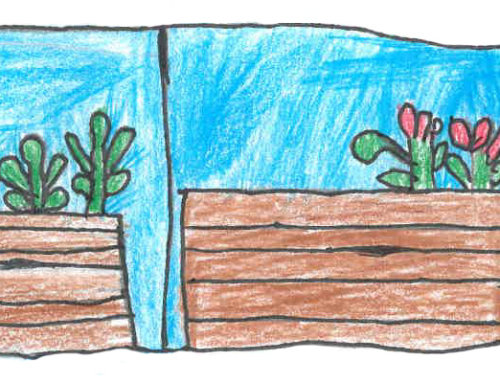DRIVING QUESTION:
How do we go about making a five senses garden that is useful to us and our school community?
Project Overview:
The theme of our five senses has been woven throughout our theme studies in grade 1. In this project, we will be learning about, researching towards, and making a Five Senses Garden to show what we have learned: studying the five senses, studying the four seasons, studying the life cycle of plants, needs of plants, local plants/herbs, studying the social-emotional needs of ourselves and those around us (as related to the grade 1 Second Step Program). We explored how sensory regulation as being one way to calm down, energize, think through problems clearly, slowing down, etc., First Nations principles of learning and practices in relationship to local plants, God’s desire for his children to be creation-enjoyers and caretakers of His plants and resources.
This project will culminate in the planting, growing, and care-taking of four different Senses Gardens, which we will use to: have strawberry lemonade/tea at our Five Senses in Summer: Camp-out Day (or other “harvest” foods) in a similar way to that of the local First Peoples, experience and teach others about the sensory regulation that plants and creation can provide for us, participate in the Christian and First Nations principle of responsibility for caring for the earth and people, and passing on our product as a gift the grade 1 students who will come after us.
Woven into the project are opportunities to share our learning with: our own class, our fellow grade 1 classes, school community—sharing the garden in the foyer and making a presentation on how to use it wisely, care for it, and respect it, community—those who enter the building will see what we did, what we learned, and can be used as a tool for them as well.
“We would have started earlier in the year. The possibility of using the gardens that have been planted, and passing them along to the next class is very exciting as we will already be ahead of the stage we are at now. We were challenged by some of the gardens we chose. The salsa garden was difficult to really show a product from because the peppers and tomatoes did not have enough tome to produce. We celebrate with the students and all the work they did! We are thrilled at how the gardens grew, and are very excited to pass along our first fruits to the next grade 1 classes!”
Product/Presentation:
Growing a five senses garden to enjoy and share with others.
How has this engaged students in ACS’ mission and vision?
Engaging Minds: Students worked through the year to learn about their 5 senses. They also learned a lot about each different plant in their class’ 5 Senses Garden. The students were able to do all the work to plant their Five Senses Garden, and then care for it as it grew and produced various products. And finally, they were proud to share their learning with others.
Nurturing Hearts: We learned that our senses allow us to experience many different things. We learned about the sensory regulation that plants and creation can provide to us. We learned about what it is like to enjoy creation. We learned that a lot of work goes into getting various produce from a garden to a grocery store.
Shaping God’s World: By taking care of each garden, sharing our learning with other classes and then sharing our garden with others, the students were able to show that they can create something that they are not typically exposed to at this age. They are proud of their product, and proud to share their product with family, friends and peers.
How has this learning experience served or connected to our community?
This project has served the community by allowing the grade 1 students to create a product that they have taken care of and then shared with the other grade 1 students, buddy classes, school community and beyond. As we progressed through the school year, we learned about the seasons, as well as the 5 senses in each season, and then we created 4 different gardens to create 4 different products to share with others. The students were so proud to see their gardens grow, understand more about the things they already eat, and create something real to share with others.
This project has connected with the community by allowing the students to understand better where different produce comes from, instead of just coming from the grocery store. It has also connected with the community by understanding better the concepts of first fruits, and what First Nations people did in this area to to find, make and nourish themselves.
“After a year of learning about God’s faithfulness to us through the changing seasons, as well as learning about our five senses in each season, this culminating project was a hands on opportunity for the students to take ownership of their learning and have fun watching their gardens grow! The students were very invested in this project because the four different gardens represented things that they would normally eat and drink, and now they know where the produces starts from, instead of thinking that it comes from the grocery store. The students were able to share their learning by videos and pictures, to the other grade 1 classes, buddy classes and the school community.
When asked how the garden made them feel, one student responded, “The peonies make me feel happy because they bring bees to the garden, but also they have flowers on them and the bright colours make me feel happy.” Another student, on the day their class made spaghetti, said, “My mom never lets me use a knife to cut up things at home. She says I am too young.”
We are thrilled to be able to pass these successful gardens along to the coming grade 1 classes and give them the opportunity to nourish them through the seasons.




